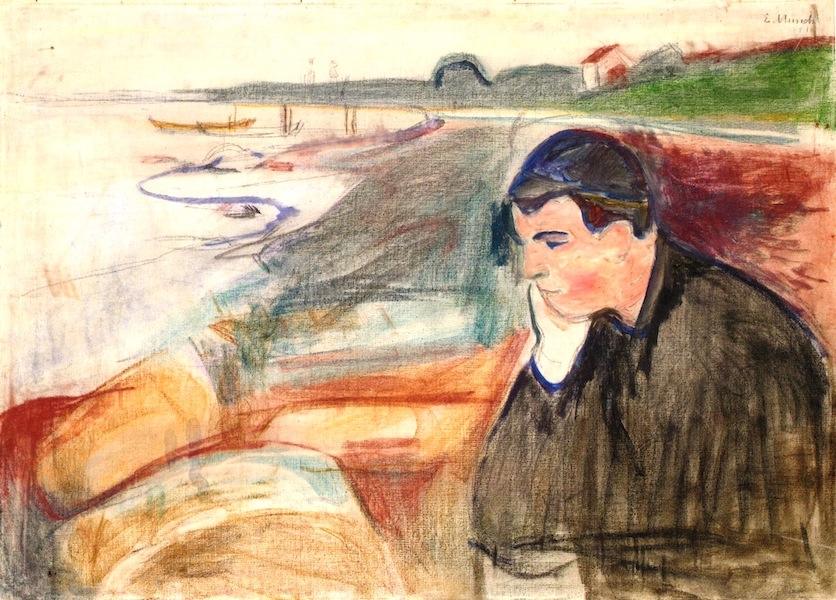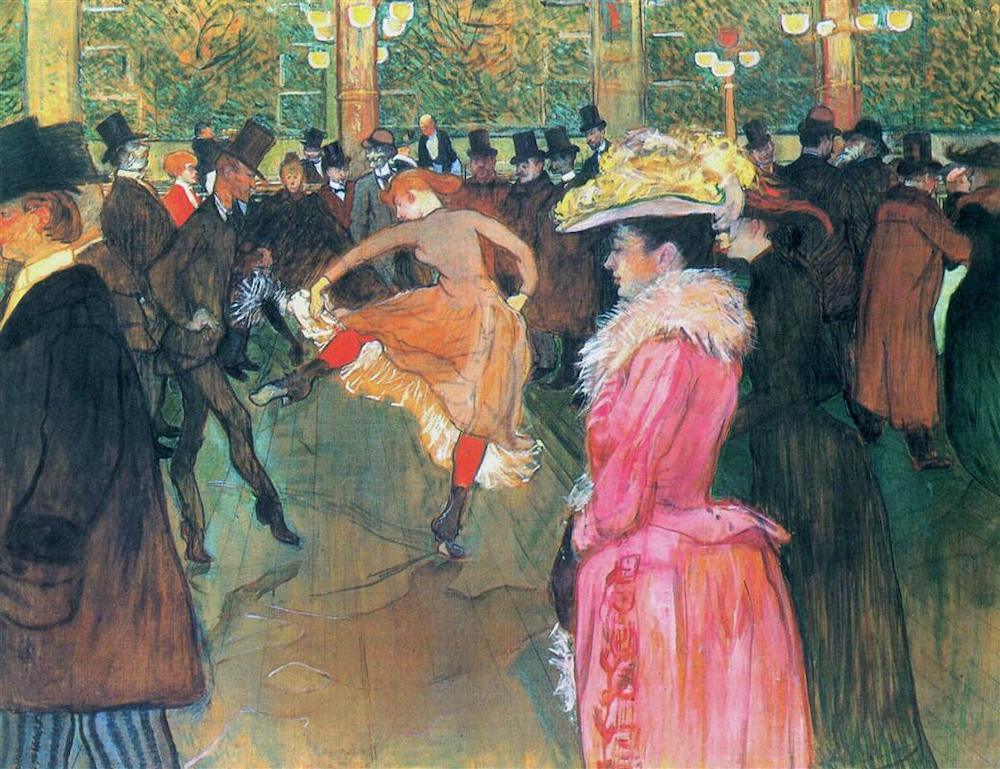If eyes are the window to the soul, art is a reflection of the soul. It seems logical that an artist experiencing a difficult life would express their feelings of sadness and melancholy through their artwork. Many famous artists did just that. But many of their artworks also show a brighter side to the artist. Here’s a look at three famous painters who struggled with physical and mental ailments. Their artwork was truly a reflection of their soul, depicting both the light and dark sides of their life – Edvard Munch, Vincent Van Gogh, and Henri de Toulouse-Lautrec.
Edvard Munch, Norwegian Artist, 1863-1944
Personal tragedies beset Munch at a young age. He wasn’t a healthy person himself and he also struggled with depression and alcohol abuse. Munch’s paintings focus on the internal struggle of a mind imprisoned by gloomy thoughts trying to break free.

Munch’s The Scream depicts a person tortured by their own thoughts while people calmly stroll by. Although the background sky is turbulent, notice the brilliant orange and deep blue colors. Remove the foreground person, the painting takes on a happier feeling.

The theme of this painting, Melancholy by Munch, is similar to The Scream although less intense. Boats sit placidly in the background while the young man thinks gloomy thoughts. But again, remove the man from the painting, and we have a beautiful calm beach scene.
Vincent Van Gogh, Dutch Artist, 1853-1890
One of the most famous tortured artists was Van Gogh who suffered from mental illness almost all his life. Bold colors and swirling brush strokes dominate his paintings, a reflection of his turbulent mind. In contrast, some of Van Gogh’s paintings evoke a pleasant calm feeling. The post Calming Complementary Colors in Art discusses Van Gogh’s use of the complementary color scheme for a feeling of tranquility.
Agitation and excitement pervades Van Gogh’s Starry Night. What should be a calm sky with twinkling stars is a tempestuous scene filled with motion.

In contrast to Starry Night, Van Gogh’s Red Vineyards at Arles is actually a happy painting, filled with bright bold colors. Harvesters gather grapes in the field near the bank of still water. The scene is actually calming. Perhaps Van Gogh painted this during one of his lucid moments.

Henri de Toulouse-Lautrec, French Artist, 1864-1902
Toulouse-Lautrec suffered from physical deformities and alcoholism. He chose dark somber colors to paint the wild bohemian life of Paris, a color scheme at odds with his subjects.

Lautrec’s At the Moulin Rouge, The Dance, portrays a lively dance hall scene. With the exception of the dresses of the two women, the colors are subdued and dark. Because of issues with his legs, most likely he was unable to join the dancers.

Party in the Country is a light and airy painting with people relaxing in the sunny countryside. A dog calmly sits and looks at its master without a care in the world. The color scheme and subject of this painting is a quite the opposite from Lautrec’s other works.
Light Pushing Away the Darkness
Through these contrasting works of art, we see the natural beauty of the soul desperately trying to push away the physical and emotional darkness of these artists. Their artwork reflects the human condition. After all, people naturally tend toward goodness. It’s only the physical and emotional afflictions that push us to the dark side.

JMW Turner: A Pioneer of Abstract Painting
Discover more from Rhonda Roth Art
Subscribe to get the latest posts sent to your email.